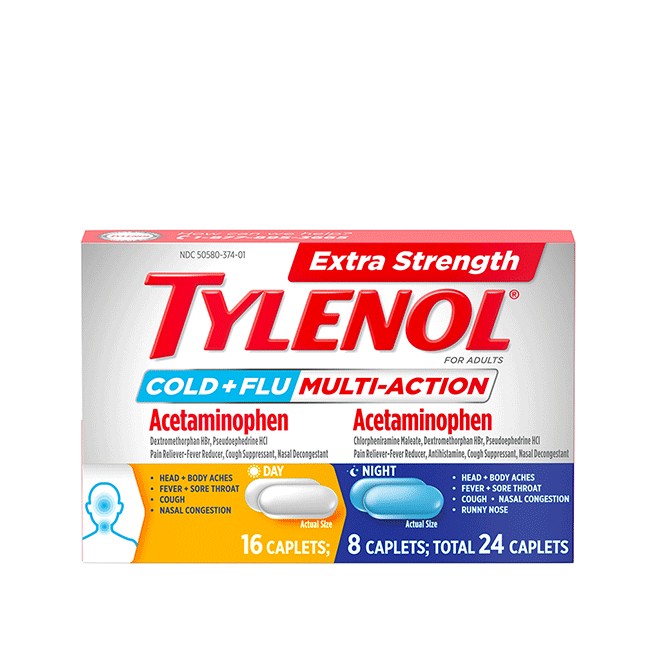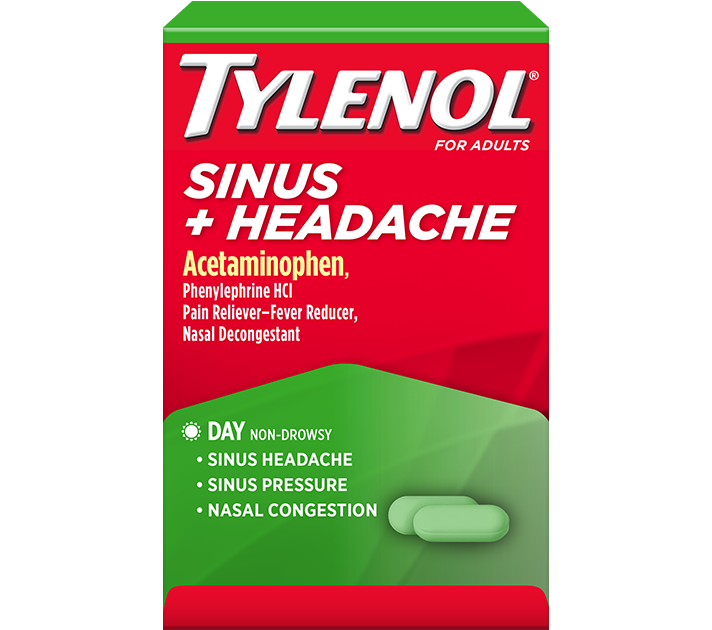Postnasal drip happens when excess mucus from your nose builds up and drips down the back of your throat. Mucus gets a bad rap, but in fact, a certain amount of it is healthy. You probably don't even notice it, but your body constantly makes mucus every day to moisten your nasal lining, trap and clear irritants you inhale, and to help fight infections.1 However, when your normal mucus production shifts into overdrive causing postnasal drip, that’s your body’s way of responding to a cold, allergy, or another irritant. While it can be bothersome, postnasal drip often goes away on its own.2 If you have other symptoms along with postnasal drip or experience it repeatedly or for a prolonged time, talk to your healthcare provider.
What Causes Postnasal Drip?1
It may occur for many reasons, but the common cause of postnasal drip is allergies—called allergic postnasal drip.
Other typical causes include:
- Colds and flu — they can increase the chances of postnasal drip
- Sinus and bacterial infections — when nasal cavities become inflamed
- Changing weather and dry air — the body may create more mucus to moisturize nasal passages
- Bright lights — may trigger the body to produce excess mucus
- Spicy foods — can aggravate non-allergic sinus attacks
- Deviated septum — when one nasal passage is smaller than the other, it can adversely affect the sinuses
*Ask your doctor before using any products to treat postnasal drip while pregnant or breastfeeding. Use products only as directed on label when treating postnasal drip.
What Does Postnasal Drip Feel Like?1
Postnasal drip can often feel like thick mucus is constantly draining down the back of your throat, think of it like a reverse runny nose. This can cause the sensation of a lump in your throat that gives you the urge to swallow more frequently. You may also feel an annoying tickle in your throat, or worse, a sore throat, or cough.
What are the Symptoms of Postnasal Drip?2
The excess mucus from Postnasal drip can exacerbate a variety of symptoms that may be related to inflammation or swelling of the nasal passages.1 Such symptoms include:
- A feeling of mucus draining into the throat
- Sore throat
- Frequent swallowing
- Hoarseness
- Bad breath
- An urge to clear your throat
- Cough that worsens at night
- Nausea — from excess mucus draining to your stomach
- Ear infections if Eustachian tubes clog up
Remedies for Postnasal Drip1,2
Postnasal drip can be challenging to relieve and treatments depend on the cause, but there are remedies you may consider trying. Be sure to talk to your doctor if you have any questions or concerns.
- Using a humidifier — can thin mucus especially in cases of clogged sinuses
- Drinking warm liquids — may ease symptoms of sore throat and the steam may clear sinuses
- Staying hydrated — can keep mucus flowing and prevent dehydration2
- Propping up your head — sleeping with your head elevated promotes drainage
In addition, OTC medications such as TYLENOL® Extra Strength Cold & Flu Multi-Action Day & Night are available to relieve cold and congestion symptoms. With acetaminophen for fever and minor pains, and pseudoephedrine for congestion, this cold and flu medicine can help relieve your worst cold or flu symptoms.
FAQs
Can you have postnasal drip without a runny nose?2
It’s rare to have postnasal drip without obvious nasal and sinus symptoms. You can have a runny nose and postnasal drip together or separately.
Is postnasal drip contagious?1
Postnasal drip itself isn’t contagious but the cause of it may be. For instance, if your postnasal drip was caused by a viral infection such as a cold, you could pass the virus on to someone else.
Why does postnasal drip cause a sore throat?2
Mucus can irritate the tissues in the throat causing hoarseness and even a cough that causes a sore throat.
How much mucus is normal each day?2
The average person produces more than a quart of mucus daily and when you’re feeling well, you probably don’t even notice that you’re swallowing it.
How long does postnasal drip last?2
Postnasal drip usually resolves on it's own or with simple remedies to help ease any discomfort. If postnasal drip does not clear up within a couple of weeks, talk to your healthcare provider.
Related content
References
1. Postnasal Drip: Symptoms and Causes: https://my.clevelandclinic.org/health/diseases/23082-postnasal-drip
2. Postnasal Drip: https://www.enthealth.org/conditions/post-nasal-drip/






All Fields required, unless otherwise indicated
Will be used as your user name
By submitting your information above, you agree that the information you provide will be governed by our site's Privacy Policy.